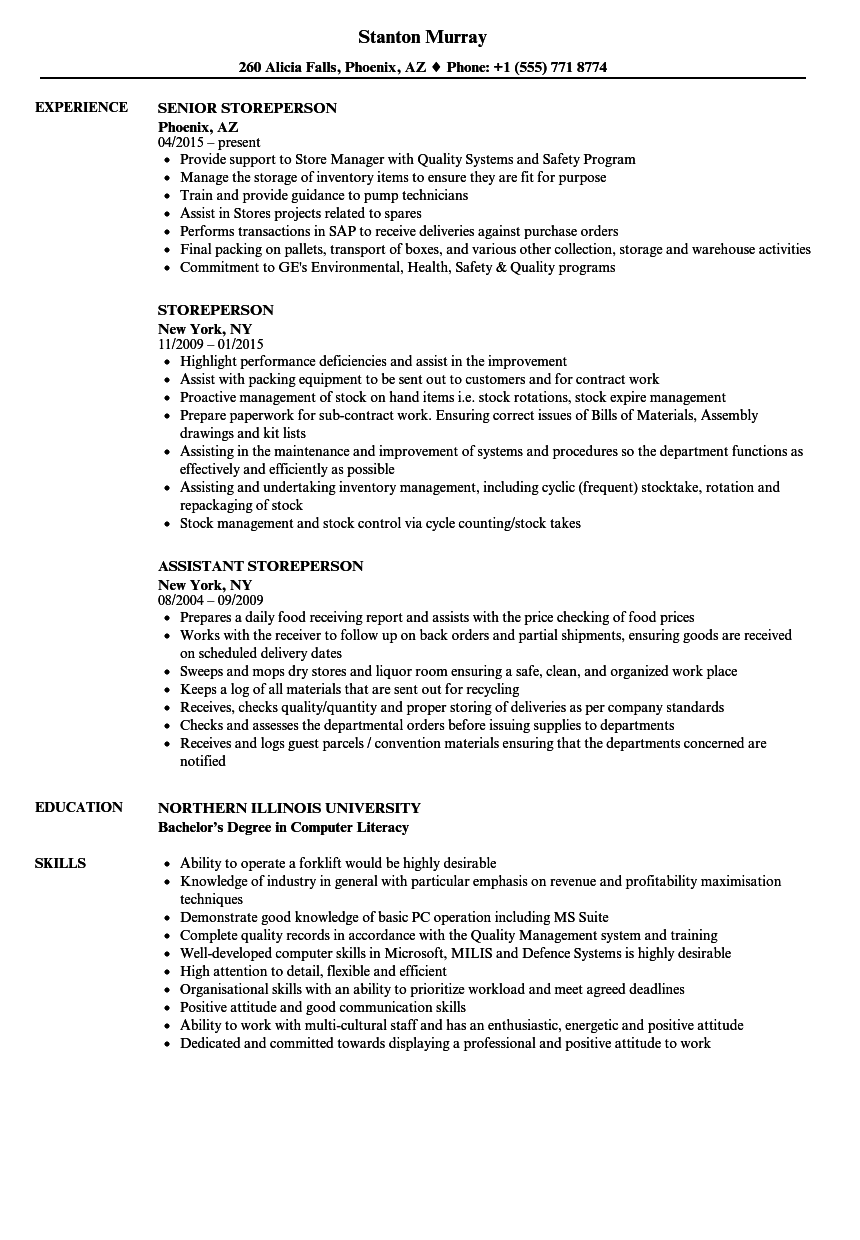
And they were asked to imagine themselves crossing a muddy swamp and to pay attention to their unpleasant thoughts and feelings at the same time. This gave them the experience of having a thought but disconnecting from it by taking an opposite action.

While everyone was encouraged to continue with the shocks, only the acceptance group was asked to do so regardless of their thoughts about the shocks.īefore being asked to self-administer the shocks, the acceptance group was also asked to repeat the phrase “I cannot walk” while walking around the room. The control group received no instructions, the distraction group was told to distract themselves from the pain, and the acceptance group was told to accept the pain. Participants were divided into a control group, an acceptance group, and a distraction group, and were asked to deliver shocks to themselves. Sound crazy? Research has proven that accepting discomfort, with commitment to a different response, is an extremely effective method for increasing our tolerance.Ī study from the National University of Ireland proved this power of acceptance. What's the best strategy to ease our distress and discomfort? Or we might shut down like a deer in headlights (i.e., freeze).īut this kind of rumination can only heighten our original stress and discomfort. We might try to concoct an implausible escape plan (i.e., flight). This is when we might swear or murmur under our breath (i.e., fight). With these feelings, our brains are alerted to a potential threat, and our survival instincts kick in. To our brains, feelings like discomfort or aversion are a sign that something is amiss. These hormones activate our limbic region, home of the fight-flight-freeze response.

If we don’t feel safe, then our bodies produce cortisol and adrenaline to put our survival instinct into action. Our brains, at their most primitive level, exist to keep us safe from danger. Given the choice between comfort and ease, or pain and difficulty, who wouldn’t choose the former? That’s not because we’re wimps, it’s because our brains are primed to seek safety and comfort and avoid pain and distress. These reactions that we have to discomfort are usually unhelpful and can actually make the discomfort worse.įirst, let’s look at what’s happening when we’re stuck in discomfort.

What’s your automatic response? Do you tend to freeze from the pressure? Do you think about how awful it is, or wish you were someplace else? Do you rack your brain for an impossible escape plan? It might be a conversation, a person or place, but for whatever reason you can’t gracefully leave. What happens when you’re stuck in a situation that is difficult, uncomfortable, or even painful?


 0 kommentar(er)
0 kommentar(er)
